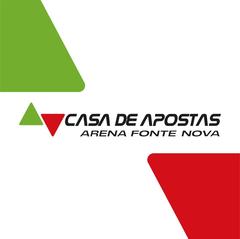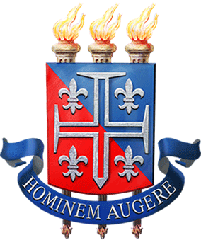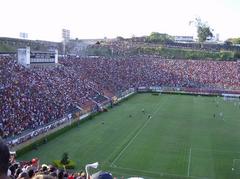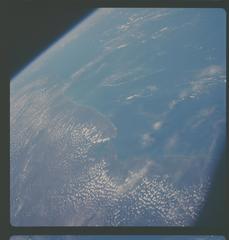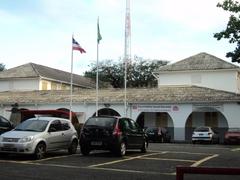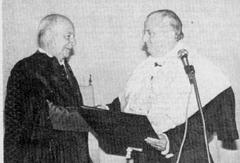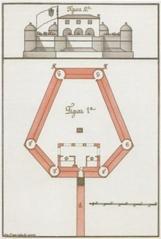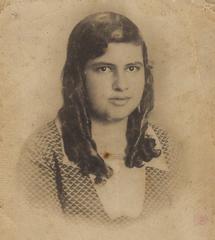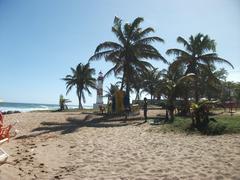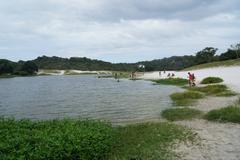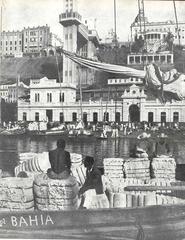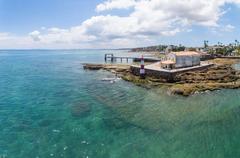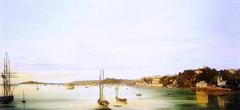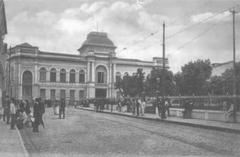
Farol da Barra: Visiting Hours, Tickets, and Salvador Historical Sites Guide
Date: 03/07/2025
Introduction
Farol da Barra, also known as the Barra Lighthouse or Santo Antônio da Barra Lighthouse, stands as one of Salvador, Bahia’s most significant historical and cultural landmarks. Located at the tip of the Barra neighborhood peninsula, it marks the meeting point of the Atlantic Ocean and the Bay of All Saints (Baía de Todos os Santos). This guide offers a comprehensive overview of Farol da Barra’s history, visiting hours, ticket information, accessibility, nearby attractions, and essential travel tips—making it the perfect resource for anyone planning to explore Salvador’s rich heritage.
For additional details and planning resources, consult official tourism sites and trusted travel sources (Wikipedia, Salvador da Bahia Official, Bahia.ws).
Table of Contents
- Introduction
- Historical Background and Significance
- Architectural Evolution and Cultural Legacy
- Visiting Farol da Barra: Practical Information
- Museum and Visitor Experience
- Beaches and Outdoor Activities
- Cultural Life and Gastronomy
- Frequently Asked Questions (FAQ)
- Conclusion and Visitor Recommendations
- References
Historical Background and Significance
Early Foundations and Strategic Importance
Established in 1534, the Forte de Santo Antônio da Barra is the oldest military structure in Brazil, built to protect Salvador’s strategic harbor. Its location at the entrance to Baía de Todos os Santos made it pivotal for colonial defense and commerce, especially during the sugar, tobacco, and transatlantic slave trade eras (Wikipedia; Bahia.ws).
The Lighthouse: Origins and Maritime Role
By the late 17th century, treacherous waters at the bay’s entrance led to frequent shipwrecks, notably the 1668 Santíssimo Sacramento disaster. In response, the first lighthouse was built in 1698—a simple turret with a whale oil lantern—making it the first in Brazil and one of the earliest in the Americas (Travel Brazil Selection; Wikipedia). The current 22-meter-high cylindrical lighthouse was inaugurated in 1839, featuring black-and-white stripes, and was equipped with modernized lighting over time, including a Fresnel lens and later electrification (Salvador da Bahia Official).
Architectural Evolution and Cultural Legacy
The fort underwent expansions and redesigns through the centuries, notably adopting a star-shaped plan typical of Portuguese military architecture in the 17th and 18th centuries (Bahia.ws). Throughout its history, Farol da Barra has transcended its role as a navigational aid, becoming an emblem of Salvador’s Afro-Brazilian heritage and a backdrop for cultural events such as the Festa de Iemanjá and Carnival celebrations (National Geographic).
Visiting Farol da Barra: Practical Information
Visiting Hours
- Standard Hours: Tuesday to Sunday, 9:00 AM – 6:00 PM.
- Closed: Mondays and certain public holidays.
- Note: Hours may vary during festivals and special events. Always check official sources for current timings.
Ticket Prices and Purchase
- Admission: R$12–R$15 per person (about $2.25–$3 USD), covering both the Nautical Museum and lighthouse tower.
- Discounts: Available for students, seniors, and children.
- Purchase: Tickets can be bought on-site; select online booking options may be available (TesstheTraveler).
Accessibility
- Site Access: The museum and surrounding fort are generally accessible, with paved walkways and ramps.
- Lighthouse Tower: Access requires climbing stairs and may not be suitable for those with limited mobility.
Guided Tours and Events
- Guided Tours: Offered in Portuguese and English; booking in advance is recommended during peak seasons.
- Special Events: The site hosts art exhibitions, concerts, and is central to the Barra-Ondina Carnival circuit (Salvador da Bahia Official).
Travel Tips and Nearby Attractions
- Best Times to Visit: Arrive early in the day or late afternoon for fewer crowds and spectacular sunsets.
- Getting There: Easily reached by public bus, taxi, or rideshare. The Barra neighborhood is a short distance from Salvador’s city center and main hotels (Destinationless Travel).
- Safety: Barra is one of Salvador’s safest neighborhoods, but standard precautions apply, especially at night.
Museum and Visitor Experience
Museu Náutico da Bahia
Located within the fort, the museum houses collections of ancient navigational instruments, ship models, and artifacts from centuries-old shipwrecks. Exhibits explore Brazil’s naval history and the strategic importance of Salvador’s port (Salvador da Bahia Official; WhichMuseum).
Panoramic Views and Sunsets
Climbing the lighthouse rewards visitors with 360° views of Salvador’s coastline and cityscape. The esplanade is a beloved sunset viewing spot—applauded nightly by locals and tourists alike (Salvador Guidebook).
Beaches and Outdoor Activities
Barra and Porto da Barra Beaches
Both beaches are within walking distance of the lighthouse. Porto da Barra is known for its calm, clear waters ideal for swimming and paddleboarding, while Barra Beach offers natural pools at low tide. The 1-kilometer promenade between them is perfect for walking, jogging, or enjoying street food (Destinationless Travel).
Outdoor Sports
Activities include cycling, rollerblading, stand-up paddleboarding, kayaking, and snorkeling, especially around the natural pools created at low tide. The area is also the proposed site for the Barra Marine Park, which will protect local marine biodiversity and historic shipwrecks.
Cultural Life and Gastronomy
Festivals and Nightlife
Farol da Barra is central to Salvador’s Carnival, with the Barra-Ondina circuit passing by the lighthouse. The area features frequent concerts, art installations, and video mapping shows projected onto the fort façade in the evenings (Informe de Notícias).
Cafés and Restaurants
The Farol Café & Wine Bar at the base of the fort offers pastries, coffee, and sweeping ocean views. The Barra neighborhood has a variety of restaurants, from beachside kiosks to upscale venues—many with live music and Bahian cuisine (Brazil Offbeat).
Art and Photography
Nearby cultural centers like the Pierre Verger Space of Bahian Photography and the Carybé Space of Arts showcase regional artistry. The lighthouse area is a favorite for photography, especially at golden hour.
Frequently Asked Questions (FAQ)
Q: What are the opening hours of Farol da Barra?
A: Tuesday to Sunday, 9:00 AM–6:00 PM. Closed Mondays.
Q: How much do tickets cost?
A: R$12–R$15 per person; discounts for students, children, and seniors.
Q: Is Farol da Barra accessible to people with disabilities?
A: The fort and museum are accessible, but the lighthouse tower requires climbing stairs.
Q: Are guided tours available?
A: Yes, in Portuguese and English. Check for availability and book in advance if needed.
Q: What are the highlights nearby?
A: Porto da Barra Beach, Pelourinho, Shopping Barra Mall, and various cultural centers.
Q: Is the area safe?
A: Barra is generally safe, but use standard precautions, especially during large events.
Conclusion and Visitor Recommendations
Farol da Barra is a must-see attraction in Salvador, seamlessly blending centuries of maritime history, architectural heritage, and vibrant cultural life. From exploring the Nautical Museum’s shipwreck artifacts to enjoying panoramic coastal views and festive sunsets, the lighthouse offers something for everyone. With clear visiting hours, affordable tickets, and convenient access, it’s easy to include Farol da Barra in your Salvador itinerary.
Visitor Tips:
- Arrive early or at sunset for the best experience.
- Bring sun protection and a camera.
- Enjoy local cuisine at nearby cafés and restaurants.
- Consider joining a guided tour for deeper historical insight.
- Download the Audiala app for real-time updates, guided tours, and exclusive offers related to Farol da Barra and other Salvador attractions.
For more on Salvador’s historical sites and travel inspiration, explore our related posts and stay connected via social media.
References
- Wikipedia - Barra Lighthouse
- Bahia.ws - History of the Forts and Lighthouses of Salvador
- Salvador da Bahia Official - Experiences: Farol da Barra Beach
- Travel Brazil Selection - Lighthouses of Brazil
- National Geographic - Inside Guide Salvador
- Thrillophilia - Barra Lighthouse Salvador
- Informe de Notícias - What is Farol da Barra
- Destinationless Travel - Best Beaches in Salvador Brazil
- London and the World - Best Things to Do in Salvador
- Next Stop Brazil - Top Things to Do in Salvador
- Salvador Guidebook
- WhichMuseum - Barra Lighthouse
- TesstheTraveler
- Brazil Offbeat

